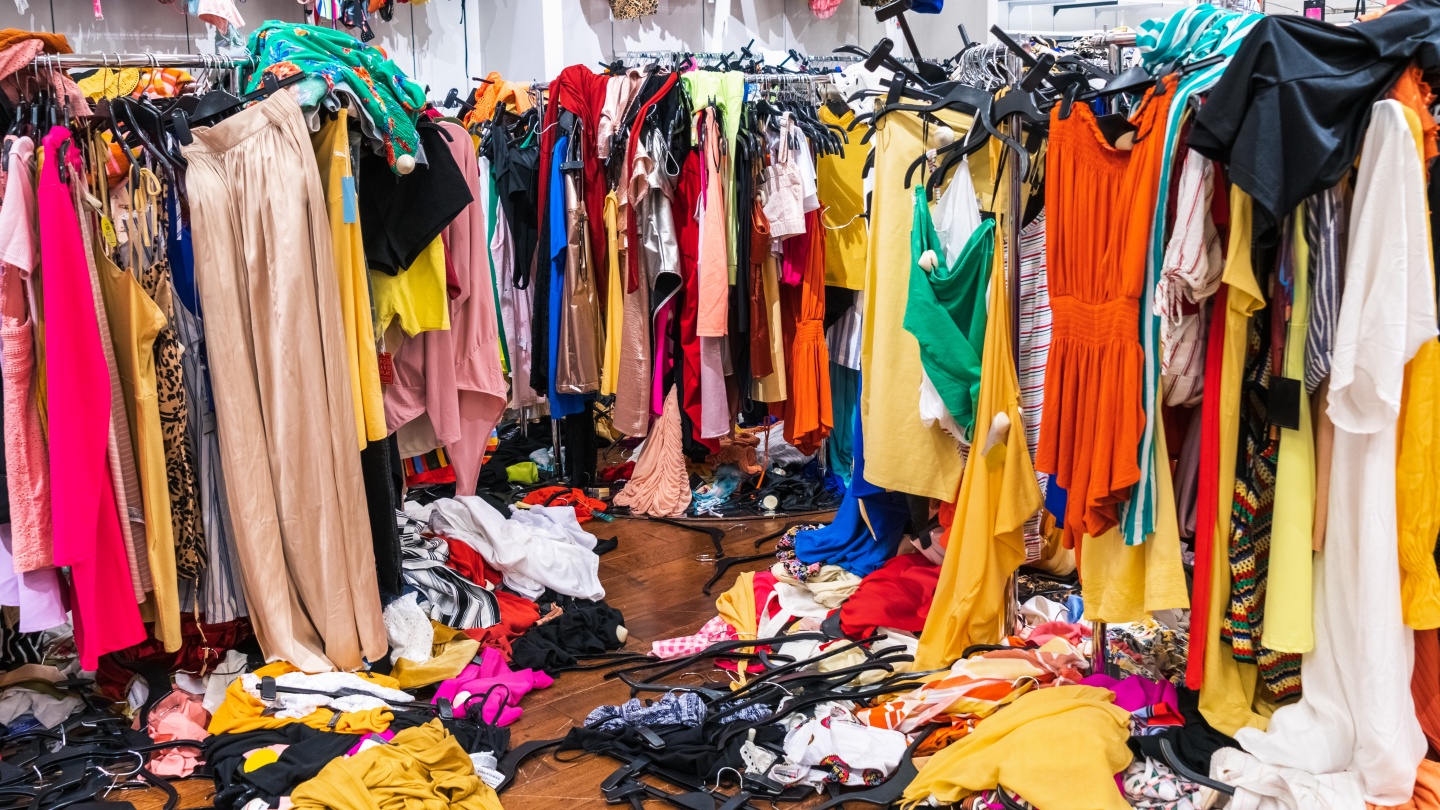8 December, 2020In the factories where textiles, garments, shoes, leather and accessories are produced, millions of people toil in insecure, low wage jobs, in unsafe conditions. Workers are exposed to chemicals used for bleaching and dyeing. Disasters like the Rana Plaza collapse and the Ali Enterprises fire kill thousands. Union campaigns on workers’ rights have shone a light on union busting, imprisonment, assault and occasionally murder.
SPECIAL REPORT From Global Worker No. 2 November 2020 | |
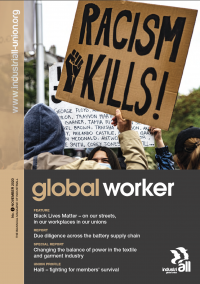 | Text: Walton Pantland Theme: Changing the textile and garment industry |
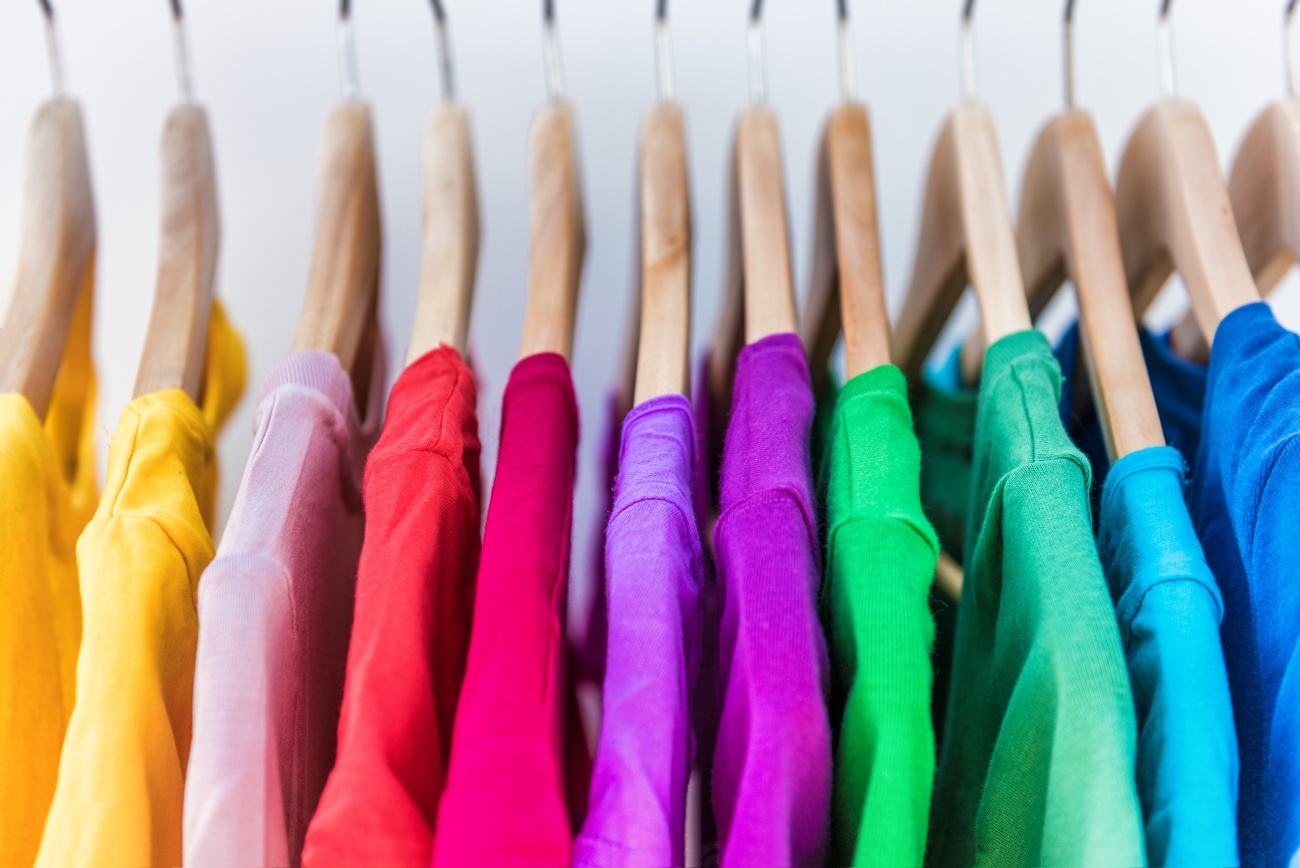
Campaigns have focused on holding global brands accountable for what happens in their supply chains – but this hasn’t been enough.
We need systemic change.
The industry has become so huge and complex that no single actor – brand, government, factory or union - is able to make a definitive change. Consumers and campaigners blame brands, brands blame supplier factories, and factory owners accuse unions of sabotage. There are competing interests, and the industry can’t be changed without understanding these interests and the balance of power between them.
Global unions can influence the balance of power – and in doing so, move the industry in a better direction.
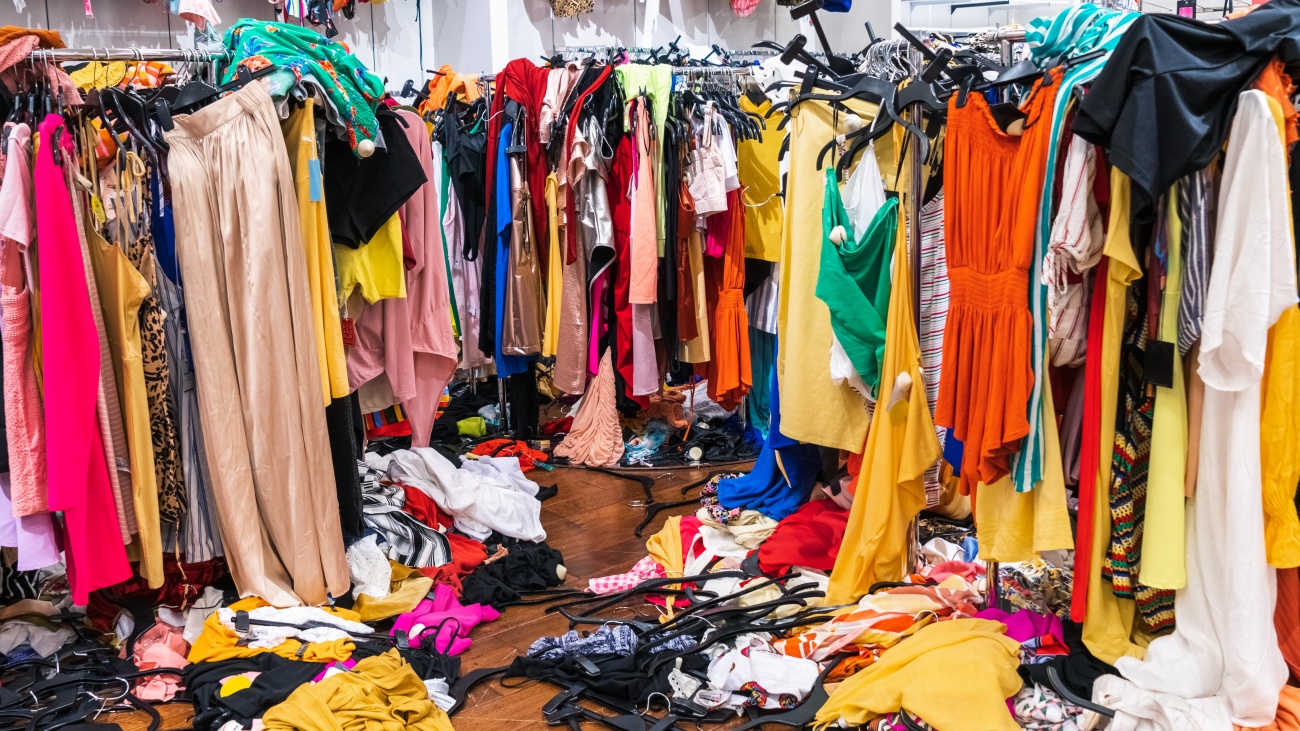
Fashion today
The fashion industry is a complicated global behemoth worth about US$1.5 trillion per year, and contributing about ten per cent to global greenhouse gas emissions. It’s too big to fail – and so complicated that it’s difficult to influence. Globalized production feeds an insatiable maw of consumption, created by a sophisticated marketing machine that uses social media influencers to manufacture the needs and desires that keep people buying – and then discarding - enormous amounts of clothing.
This leads to warehouses of unsellable overstock, and premium brands burning millions of dollars’ worth of clothing. The industry has spiraled out of control, and even those brands that want to do things differently can’t change without losing position.
Fast fashion, where brands quickly produce the latest trends for consumers on a big scale and at a low cost, relies on low labour costs in the production countries.
These were serious problems before the disruption, cancelled orders and lost production of the Covid crisis.
Global unions can’t address overproduction – this is something the industry needs to sort out. Our members don’t have enough control over the production process to be able to end pollution or lower emissions. But we can influence the balance of power.
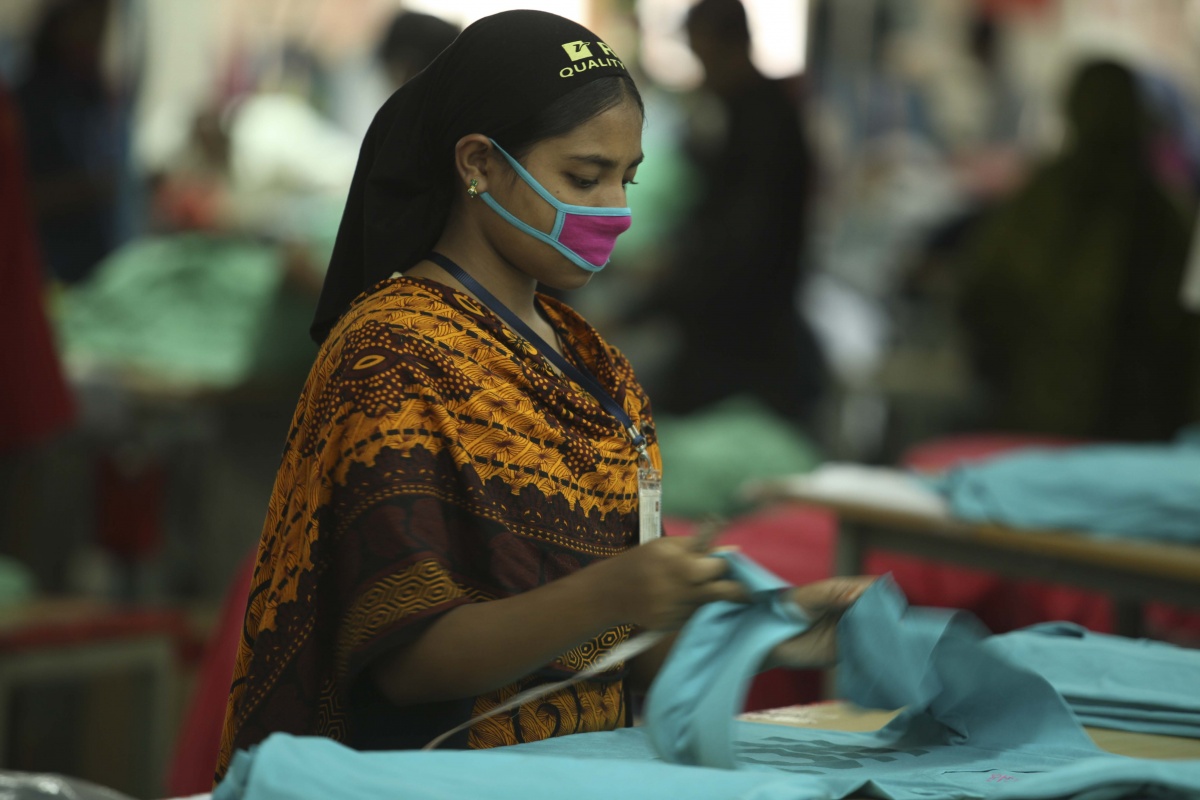
A positive vision for the industry
There are many positive aspects to the sector. By addressing what isn’t working, we can help to create a sector that provides quality jobs and contributes to sustainable economic development.
On the supply side, the fashion industry provides jobs for millions of workers in countries Bangladesh, India, Pakistan and Turkey, but also in Portugal, Ethiopia, Jordan, Lesotho and South Africa, and many others.
Most workers in the sector are women, giving women in traditional societies autonomy and independence that they didn't have before. They're able to earn their own wage, provide for their families and develop their careers.
The industry is scalable, which means that a country – Ethiopia is an example - can enter the industry with relatively low value, simple production. As the sector matures, more sophisticated machinery can be bought, skills are developed, and the country starts to train designers and develop its own fashion industry – as is the case in Turkey. This leads to economic growth and the skills development of the local workforce at all levels, from manufacturing to design and marketing. Other countries, including Bangladesh, are on this trajectory.
On the demand side, the fashion industry gives working class people the opportunity to look and feel good, to buy new clothes, and express themselves creatively, as well as providing jobs in retail, fashion design and marketing. A generation or two ago, looking good was only accessible for rich people, because clothing was expensive. Cheaper fashion contributes to culture and human dignity.
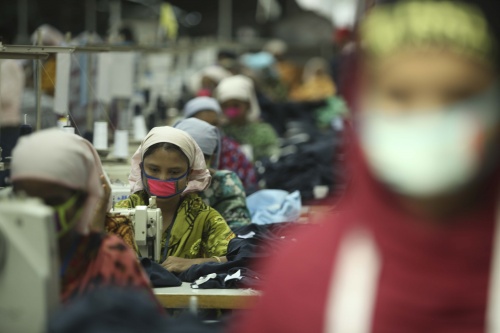
Garment factory in Bangladesh
THE SUPPLY SIDE
The supply side includes the producers in the countries that make the textile and garments, as well as the production workers and their unions, employers and employers’ associations, and national governments.
Workers and their unions
The workers who produce the fabric, cut the cloth and sew the clothes want long-term sustainable jobs that provide a dependable living wage in safe conditions. Workers need job security and predictable income. They also want skills development and the opportunity to grow in their careers.
In some countries, unions have been able to come together and negotiate standards that apply to the entire sector – industry-wide collective bargaining. But in other countries, unions are weak and fragmented, and union busting means that often workers do not get the representation they want.
Employers and their associations
Also on the supply side are the employers, the factory owners, and the employers’ associations. Employers compete with each other, but also fight for their common interests through their associations. Their interest is to make as much profit as possible while remaining competitive. They tender for contracts to produce items of clothing for major brands, and have to compete on cost, production quality, delivery timescales, proximity to markets and many other factors. When chasing costs for profit, workers’ wages tend to be squeezed.
Employers’ associations represent the industry at national level. They attempt to harmonize conditions for employers to make the national industry competitive with other countries.
National governments in producer countries
National governments want to maintain and develop an export-focused industry that generates reliable amounts of foreign exchange and maintains a healthy trade balance. This provides the capital for further industrialization, leading to more exports and economic development. A secondary interest is to provide employment for citizens while growing the tax base. National governments compete with each other to attract investment. They do this by offering a reliable product in a stable business environment with the necessary infrastructure. Very often, however, they get their competitive advantage from having a pool of cheap labour, which can result in a race to the bottom.
Freedom of association must be respected and IndustriALL is fighting to end union busting in the sector. Governments sometimes turn a blind eye when employers refuse to allow workers to organize or try to break up unions, and in some cases even participate.
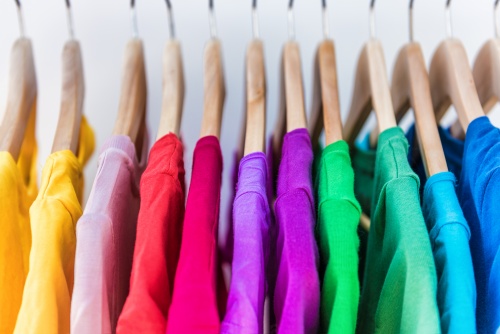
Shutterstock
THE DEMAND SIDE
On the demand side, driven by consumption, there are global brands, consumers, national governments, retail workers and their unions, and political activists.
Global brands
Turnaround is very quick – to stay competitive, brands need to sell a high volume as quickly as possible. They have to design, order, purchase, market and sell vast quantities of clothing, and they have to do it better than their competitors if they want to stay in business. It’s cheaper to order too much and destroy the excess than to run out of a popular item.
The fast fashion cycle has become a trap for the industry. Overstock devalues the brand, and waste is not in anyone’s interest. Many global brands would like to change the current system – but they can’t, because their competitors aren’t.
Most of the value added to clothing comes from intangible cultural ideas, created through marketing in the short term and through heritage over time. Value has little to do with the actually quality of the clothing or the cost of production. Brands need to maintain their identity, image and reputation. For some brands, being seen as a “good” company is important to this identity.
Consumers
Consumers in Western countries – and the Westernized middle class in developing countries - want to have the best quality clothes for the lowest possible price. They also want a continued supply of new, interesting and well-designed clothing, as part of a continuous fashion cycle of reinvention and renewal. Ideally, they want to have this with a clean conscience, knowing that no one has been hurt in the production of their clothing. However, few consumers are willing to pay significantly more, and ethically produced clothing remains a niche market.
Retail workers and their unions
Workers in fashion retail are low paid. In many countries, unions have to struggle to organize and represent workers. Their unions fight against low pay, casualization, and a lack of job security caused by an unstable business cycle. The retail fashion industry sees rapid consolidations, expansions and contractions and changes of ownership. Retail workers and their unions are an important ally for production workers, but unlike in sectors like automotive and energy, they lack the social power to influence brand behaviour. There are very few works councils in the sector. The Inditex global union council is an important exception, and plays a crucial role in regulating conditions across the supply chain.
Political activists
In Western countries, political activists have spent decades highlighting to consumers the ethical and environmental impact of the fashion industry. This has had a profound impact on consumer attitudes – most people prefer guilt-free clothing – but only a shallow impact on production, as brands find it easier to address perception through spin than the change the industry.
National governments and international law
National governments in demand side countries are responding to growing consumer pressure for better governance of supply chains by passing domestic legislation on slavery and on supply chain responsibility. The laws on supply chain responsibility are new, and there have been few cases to test and create new precedents, but campaigners believe the laws will be a significant tool.
There is no global legal system to govern supply chains, but in some cases, binding global agreements – notable the Bangladesh Accord – have achieved significant change. The negotiations for a UN binding treaty on business and human rights is a further step in this direction.
Global unions
Global unions straddle both the demand and supply side, and are able to bring actors together to improve the situation. International solidarity campaigns organized by global unions have been instrumental in freeing jailed trade unionists, reinstating others and so on.
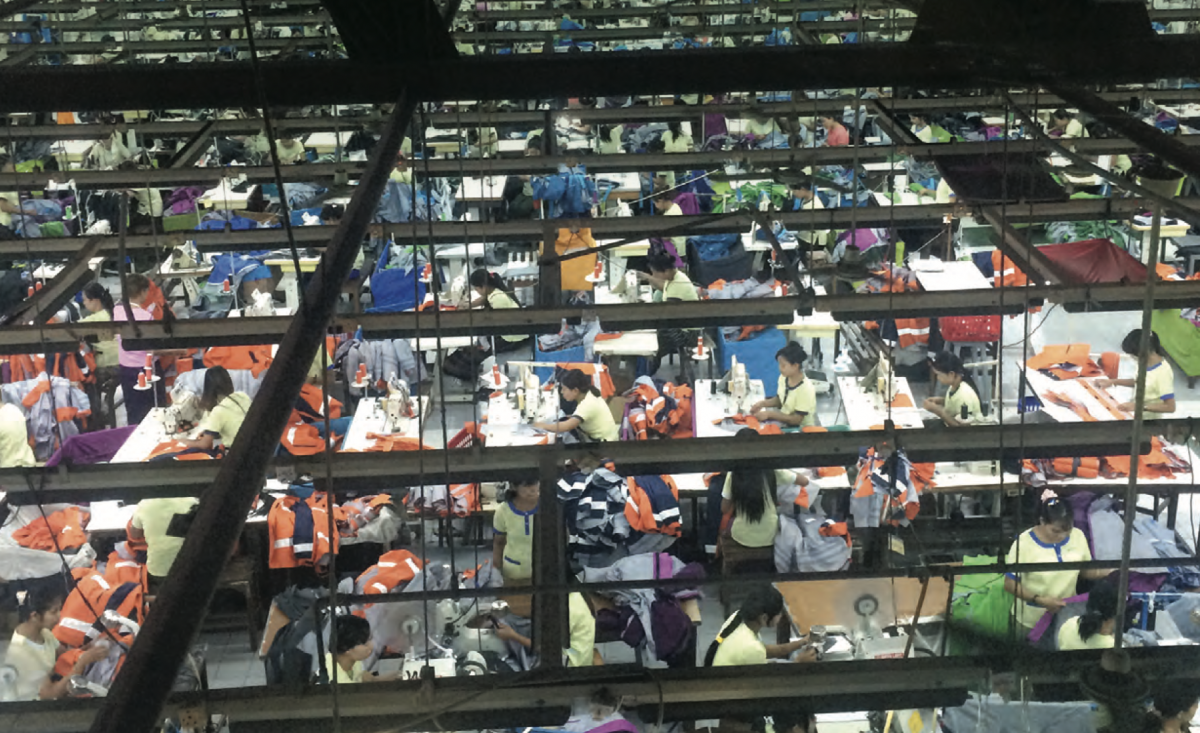
The balance of power
Production workers are probably the least powerful actors. However, their power increases dramatically as the unionize, and especially when they work internationally through global unions like IndustriALL.
The most powerful actors are national governments in demand-side countries, and the global brands. But they are not all powerful, and the competing interests of the brands means that no single actor has the power to change the industry on its own.
Moving beyond previous campaigns
The need to fix the system is obvious. For many campaigners, the solution is to hold brands responsible and demand that they change. Since they place the orders and set the prices, surely they can be forced to do things differently?
This is the model of campaigning that has prevailed since the early days of fashion globalization, starting in the US in the 1980s with consumer campaigns against sweatshops, such as No Sweat. While these campaigns have done a lot to raise consumer awareness, they haven’t significantly changed the industry.
These campaigns have taken us so far – but now we have to go further.
Focusing on brands can distract attention from the need for more comprehensive change. In addition to the current model of campaigning, we need a long-term perspective and focus on systemic change.
Some brands, including Swedish H&M and Spanish Inditex, recognize the need for change and are willing to work with unions to bring it about. They are not doing enough, but they’re doing more than their competitors. But the more explicit the commitment they make, the more they become a target.
A recent example is the protest by a Uyghur solidarity campaign outside ZARA in Oxford Street, London, over alleged slave labour in their cotton supply chain. Because the problem is systemic, and there is no practical way that ZARA can address it, protests like this misdirect outrage without addressing the underlying issues.
Why we shouldn’t just expect the brands to fix everything
A thought experiment outlines why it is undesirable to expect the brands to solve all the problems of the supply chain themselves.
Brands order ready-made garments, often packaged and labeled when they leave the factory, from producers in developing countries. These factories in turn have suppliers, such as textile mills that turn cotton into cloth of varying quality and design. The textile mills buy cotton from brokers, who buy it from farmers and aggregate it.
Imagine a brand that commits to ensuring that there is no slave labour in the supply of cotton, that there is no union busting in the supplier factories, that workers are paid a living wage, and that the factory is safe. Aside from the fact that these commitments are expensive and may make the brand uncompetitive, the brand will need to employ an army of compliance officers – a brand police force – who will travel to producer countries to inspect factories and ensure compliance. Thirty years of auditing have shown that this is not a viable model.
The focus of the global unions is to empower unions on the ground. The rights of the workers at the bottom of the supply chain must be respected. The role of factory inspections should not be up to a Western brand visiting Bangladesh, they should be carried out by the labour inspectorate of the Bangladeshi government. Working conditions should be negotiated by local trade unions, not set by the brand police.
A brand may pledge to pay a living wage. But brands aren’t responsible for paying workers – factory owners are. If a brand factors in a living wage payment but a factory owner fails to pass it on, it is the brand that will be accused of hypocrisy.
What’s the best model?
The best way to balance competing interests at national level in any sector is tripartite industry-wide collective bargaining; employers’ association, unions and the government negotiate legally binding agreements which cover the entire sector. Rather than negotiating factory by factory, all the unions negotiate with representatives of all the factories, like in South Africa for example.
The obvious benefit for workers is that is raises conditions. But it is also good for industry: by taking wages and workers’ conditions out of competition, it improves the quality of the industry by forcing out marginal producers. It rewards those who invest more in productivity, in machinery and in training, and who make long term commitments.
This model needs to be extended to all producer countries, and the element of wage competition between countries must be addressed.
Global brands need to pledge that if a country introduces collective bargaining and wages rise as a consequence, that they're not going to shift production to another country to save money. If a critical mass of brands agrees to remove wages as a factor by making wages a fixed cost, then the basis of competitive tendering becomes quality, production speed, turnaround, and proximity to markets.
IndustriALL has signed joint declarations to support the economic and social recovery of the global garment industry through the Covid-19 crisis with Inditex and German brand Tchibo.
This is the model that IndustriALL is driving through the ACT initiative. For the model to work, it needs a critical mass of support. If half the sourcing brands support industry wide collective bargaining, but the other half don't, then it is difficult to move forward. In Cambodia, for instance, Adidas sources a lot of its apparel, and doesn’t care how it’s produced.
Factories producing for ACT brands in Myanmar have agreed on a Myanmar Freedom of Association Guideline, aiming to secure constructive relations between employers and workers. Negotiations on guidelines are under way in Cambodia and Turkey.
H&M also sources from Cambodia, and has welcomed and is working actively to ensure that collective bargaining creates a level playing field. The relative power of companies on opposing sides of the argument cancels each other out, and we're unable to achieve national collective bargaining. In this context, protesting against H&M doesn’t move the situation forward. It just shifts attention from Adidas. Instead of protesting outside an H&M or ZARA flagship store, targeting needs to be more sophisticated and selective. We need to identify the brands that are undermining the process and benefiting as a result, and target them.
For the record, this list includes such global brands as Adidas, Nike, Amazon, Levi’s, and Uniqlo.
A new way of campaigning
IndustriALL has a multifaceted strategy for changing the sector, informed by our strategic goals. We defend workers’ rights, by campaigning against violations when they happen.
We build strong unions by encouraging cooperation, creating company networks, and building national structures to unify unions as they confront employers. The most advanced model of this is in H&M and Inditex, with the National Monitoring Committees, and the Inditex global union council.
We fight precarious work, by campaigning for job and wage security in the sector. Because we want to see the development of sustainable industrial policy in producer countries, we are strong supporters of the sector and want to see it succeed and continue to provide quality jobs.
We confront global capital, by campaigning against brands that violate workers’ rights. But we also aim to bring about systemic change: firstly, we sign global framework agreements GFAs), guaranteeing standards in supply chains and setting up dispute resolution mechanisms. But we also look beyond GFAs with individual companies towards binding global agreements to regulate the sector. We promote sustainable industrial policies like the ILO Call to Action, demanding sustainable systems of social protection for a more just and resilient garment industry.
The developing body of law on supply chains is starting to make a difference. As these laws become more prevalent and start to set precedents, they are increasingly going to require companies to take responsibility for their supply chains. One way to achieve this is to support industry-wide collective bargaining and unionization. This removes the responsibility from compliance officers and devolves it to robust processes and structures at national level.
The most effective way to address the issues in the industry is to change the balance of power between the actors. Since no one gives up power willingly, the best way to do this is to create structures that balance mutual benefit with obligation.
Because of its complexity, no single actor can change the system alone. Systemic change needs a broad coalition: a critical mass of actors who support the vision of a sustainable sector. When interests converge, we can shift things in a certain direction. This balance is precarious, and it takes focused campaigning to move things in the right direction.
We need to focus our campaigns on targeting the brands that undermine the process.
By getting the right actors to work together, we can work towards a textile and garment industry that is vibrant and healthy, employing thousands of workers in good jobs, making high quality clothes that people like to buy and wear.
